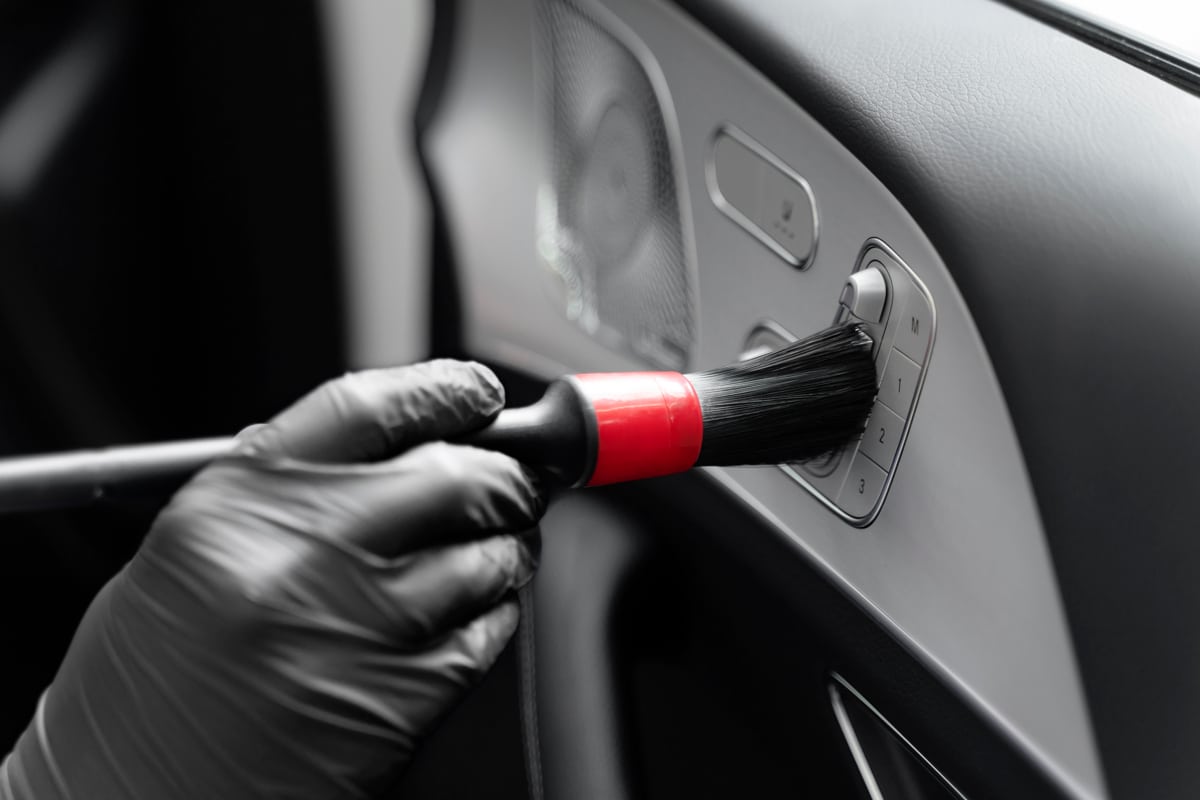Car detailing is not just a superficial clean; it's a craft that restores and safeguards your vehicle, ensuring it appears and seems like new. Whether you're an automotive aficionado or just a person who wants to maintain their asset, understanding the details of auto detailing can make all the difference. This guide will take you through comprehensive techniques and essential tips that will enhance your auto detailing game, helping you attain that sparkling finish with ease.
Many people often wonder why routine auto detailing is important. Beyond the aesthetic advantages, consistent detailing can prolong the life of your vehicle and enhance your overall driving experience. In this ultimate guide, you will learn about important differences such as interior versus exterior detailing, expert recommendations on how frequently to detail your vehicle, and common mistakes to avoid. Join us as we unravel the art and techniques behind maintaining your car in excellent shape, ensuring both its beauty and performance are preserved for years to come.
Understanding Auto Detailing: Significance and Frequency
Auto detailing is a crucial aspect of vehicle maintenance that extends far beyond a mere wash and wax. It entails a thoroughly cleaning and restoration of both the interior and exterior of the vehicle, helping to preserve its appearance and value. Regular detailing not only improves the aesthetic appeal of your car but also safeguards its surfaces from deterioration, such as UV rays, grime, and contaminants. By dedicating in frequent detailing, car owners significantly enhance their driving experience while also ensuring their vehicle remains in prime condition.
The rate of auto detailing can fluctuate based on several factors, including how you drive, surrounding environment, and the vehicle's age. Professionals generally advise detailing your car at least twice a year for optimal maintenance. However, owners who frequently drive in difficult conditions, such as lots of rain or high temperatures, may find that detailing every three to four months is more appropriate. Keeping a steady detailing schedule can help mitigate more severe damage and keep your car seeming its best.
Comprehending the various aspects of auto detailing is important for figuring out what your vehicle needs and how often it should be serviced. Interior detailing focuses on washing and freshening surfaces like seats, carpets, and dashboards, while exterior detailing involves washing, waxing, and polishing the vehicle's body. Knowing when to emphasize each type of detailing service will guarantee your car not only appears appealing but continues to be healthy and functional over time.
Methods for Effective Indoor and Outdoor Care
To secure a thorough indoor detailing, start by removing all individual items and any carpet mats. Use a vacuum with various attachments to access under seats, between cracks, and in other difficult-to-access areas. Pay special attention to cleaning the instrument panel, doors, and console, where dust and grime can build up. Use microfiber cloths to wipe down surfaces with a proper cleaner, ensuring not to leave streaks or residue behind. For upholstery, utilize appropriate cleaners and brushes to gently lift spots, followed by removing moisture to prevent mildew.
Outdoor detailing should begin with a proper wash to remove dirt, grime, and pollutants from the surface. Use a two-bucket method to minimize the risk of scratches; one bucket for detergent water and the other for rinsing. After washing, clay bar treatment can be used to remove embedded debris, resulting in the paint smoothened. Once the surface is clean, think about applying a wax or ceramic coating for durable protection and shine. https://kjeldsen-soelberg-2.federatedjournals.com/car-care-101-why-your-car-needs-top-notch-care improves aesthetics but also acts as a shield against UV rays, contaminants, and environmental pollutants.
In conclusion, regular maintenance is essential for both interior and exterior care. Schedule detailing sessions based on your vehicle’s usage, environment, and weather conditions. During seasonal changes, adapt your care techniques to manage specific challenges, like pollen in spring or road salt in winter. Using high-quality products specifically formulated for automotive care will yield better results and maintain your vehicle's condition in the long run, proving that consistency and quality are crucial to successful auto detailing.
Frequent Mistakes and Best Methods in Auto Detailing
One of the most common mistakes in auto detailing is using the incorrect cleaning agents or techniques. Many car owners underestimate the importance of applying pH-balanced shampoos and microfiber cloths. Using harsh detergents can strip protective wax or ceramic coatings, leading to dull paint. To prevent this issue, always opt for products particularly formulated for automotive use and follow the manufacturer’s instructions for the best results.
Another frequent mistake is neglecting the intricate areas of the car, such as grills, wheel wells, and seams. A thorough detail should not only focus on the outward surfaces; these concealed areas can collect dirt and grime, which may result in corrosion over time. Get into the practice to use smaller brushes and detailing tools to reach these spots, ensuring every nook and cranny is cleaned. This attention to detail can significantly enhance the overall appearance and longevity of the vehicle.

Lastly, many people overlook the significance of proper drying techniques after washing their cars. Employing the wrong materials or methods can cause swirl marks on the paint. It's advisable to use soft, absorbent microfiber towels and dry the car in gentle, straight motions, not using circular patterns. Additionally, consider using a quality quick detailer spray to enhance shine while drying and provide an additional layer of protection. Following these best practices will not just help in avoiding common pitfalls but also ensure a high-quality detail every time.
